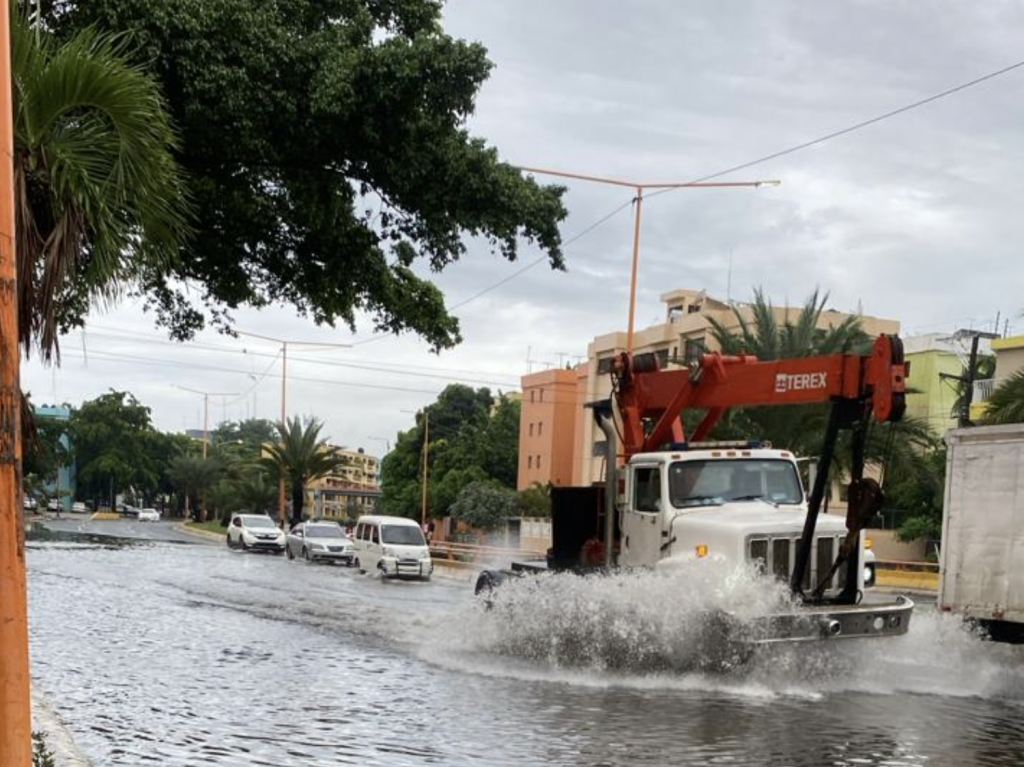
The passing of Tropical Storm and now Hurricane Melissa has exposed deep flaws in city urban planning and management. The widespread flooding and damage caused by Tropical Storm Melissa are not mere acts of nature, but a stark reflection of structural failures in how the nation’s cities are planned and managed, according to leading environmentalist Luis Carvajal, as reported in El Dia
In a scathing assessment in El Dia, Carvajal argued that the true culprits behind the storm’s impact are not water or extreme weather, but rather “institutional weakness, permissiveness, lack of maintenance, and regulatory capture.”
The expert emphasized that water, when properly understood and managed, is an asset. “The water, well understood and managed, is an ally; it can always be beneficial. Only humans, with our decisions, prevent it from being so and turn it into a threat,” Carvajal stated.
Carvajal pointed out that the country’s natural fragility is compounded by deficient solid waste management, with plastics and garbage choking drains, gutters, and sewers. This obstruction transforms even a moderate downpour into an instant flood.
He heavily criticized urban growth, which he believes has been driven by real estate interests and short-term agendas, ignoring the country’s natural hydrology and territorial safety. Compliance with land-use laws, he noted, has been “erratic and detached” from the nation’s climatic, geological, and topographical realities.
“Even well-designed systems require constant cleaning and vigilance,” Carvajal underlined, stressing that maintenance must become a permanent policy, not a political favor.
To mend the fraught relationship between cities and their territories, the environmentalist proposed an eleven-point minimum agenda for resilience, advocating for:
• Watershed-based planning, moving beyond parcel-by-parcel development.
• Respecting water’s natural memory and paths, including ravines, wetlands, and natural drainages.
• Limiting urban impermeabilization.
• Creating ‘green-blue’ infrastructure, such as rain gardens, floodable parks, and constructed wetlands.
• Comprehensive, preventative solid waste management.
• Public risk mapping and hazard registries.
• Resilient building codes.
• Transparent governance with strict penalties for illegal occupation.
• Financing prevention and nature-based solutions.
• Ecological restoration of riverbanks and wetlands.
Carvajal stressed that no technical solution will work without cultivating a culture of risk that is integrated into school curricula and daily life. “Simulations are not a formality: they save lives,” he asserted.
He also called for community empowerment, suggesting that neighborhoods should be recognized as active subjects, not passive recipients, capable of developing local environmental management plans, mapping critical points, and organizing local brigades.
The private sector, Carvajal added, must also step up by ensuring verifiable monitoring, proper maintenance of stormwater infrastructure, and transparent reporting on environmental impacts. He suggested that banks and insurers could accelerate change by incorporating water risk and environmental compliance criteria into their lending and policy decisions.
While acknowledging that some infrastructure is poorly located and some neighborhoods are built on former wetlands, Carvajal concluded that it is not too late to act.
“The water is not to blame. The fault is having ignored its memory, its language, its pauses, and its paths,” he declared.
The specialist’s final verdict: “Prevention, planning, and co-responsibility cost less than reconstruction and are infinitely more valuable than improvisation.”
Read more in Spanish:
El Dia
27 October 2025

